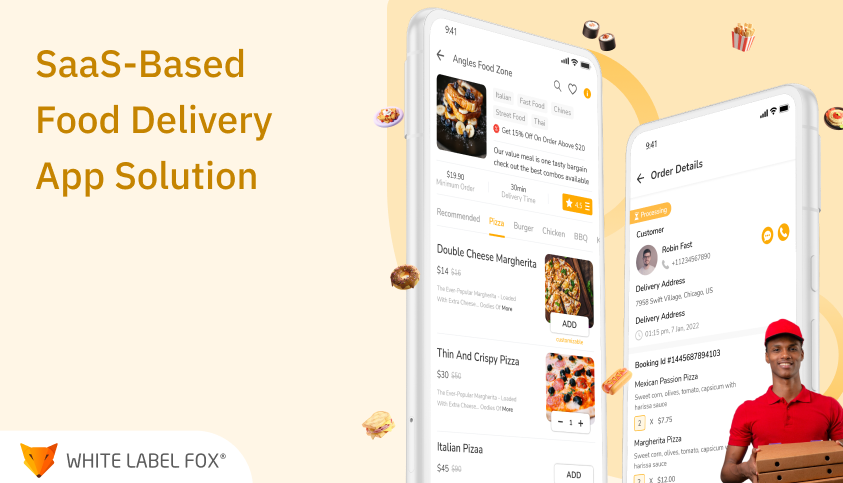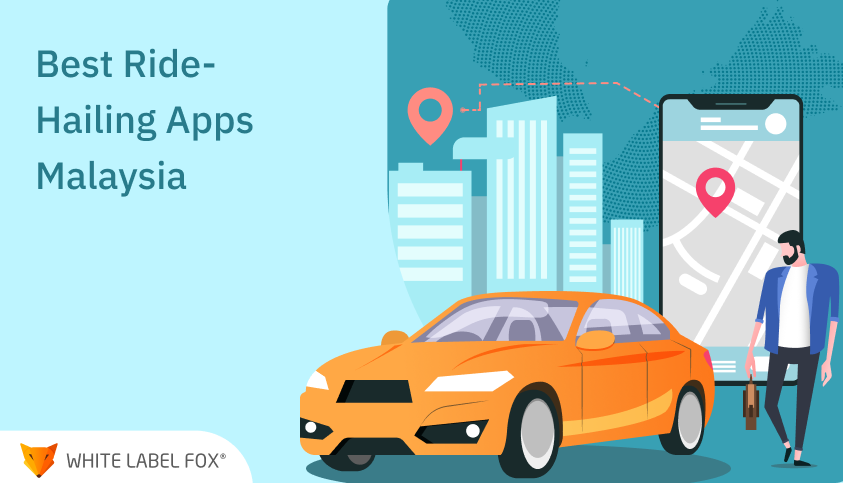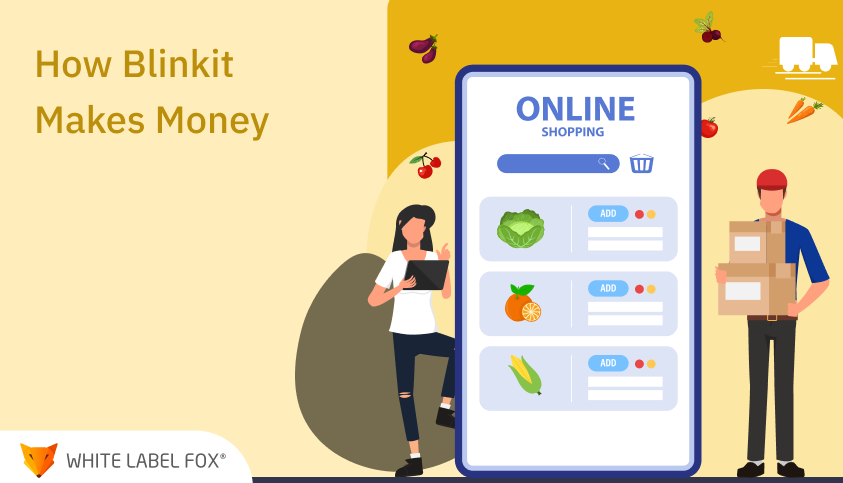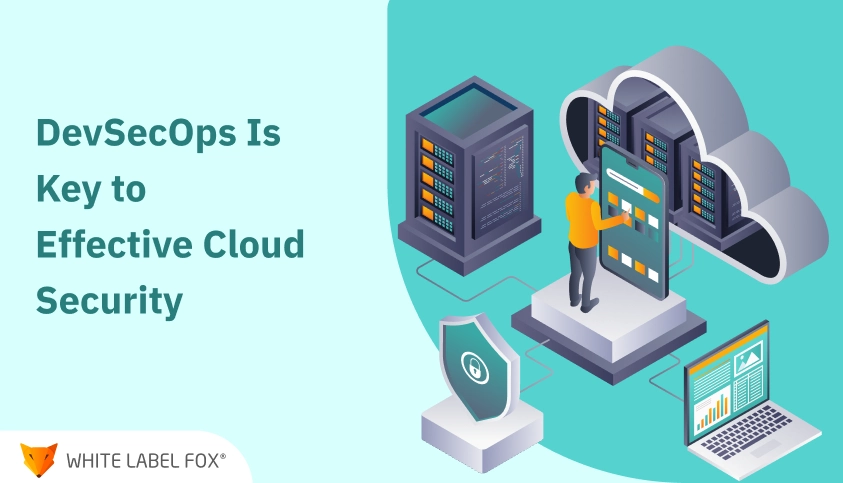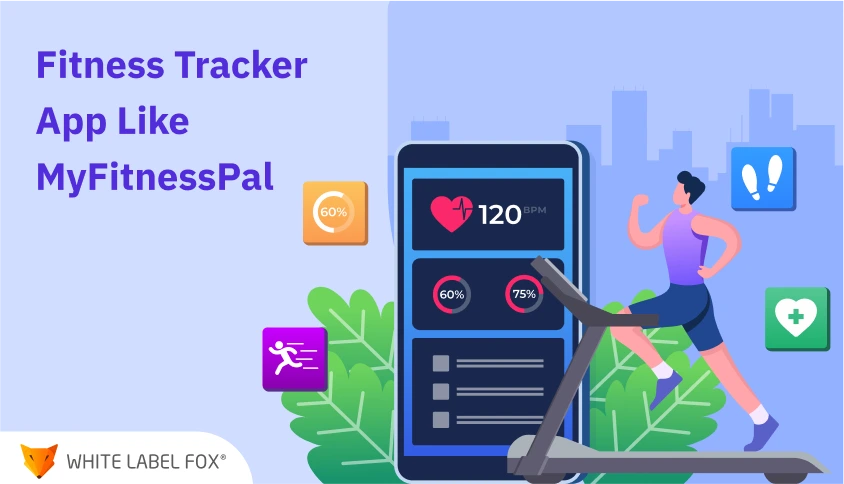In this highly competitive market, it became tough to stand out from the crowds. So, the marketers looking for another way to achieve their goals.
Day by day, the demand for online food ordering is increase. The food delivery industry, currently blazing with the support of technology. With the Covid-19 pandemic demand for online food ordering, gain a huge marketplace.
But, the main problem is how much time is taken to develop the food delivery app and; what about the development cost? The answer is saas business model.
Business owners, choosing subscription-based solutions over independent apps. This is gaining huge popularity with each passing day because the tech industry develops faster than ever.
Through this blog post, we will guide you about everything you need to know about the subscription-based food delivery app, and if you own any restaurant, it’s the right place for you.
What is a Subscription Based Delivery App?
Before we get deeper into subscription-based food delivery apps development, let us see the basics like what is the subscription-based model and how it works for a food app.
Do You Want To Start Your Business Subscription Based Food Delivery App? Let's Discuss Your Business Idea!

Introduction of Subscription Business
Subscription business models are based on the idea of selling products or services to receive monthly or yearly subscription revenue. It allows customers or organizations to purchase or subscribe to IT services for a specific period.
A subscription-based system is the best solution when the number of delivery services is increasing. Using the Saas(software as a service) is used for cloud computing.
In this model, you have to pay upfront, before receiving access to cloud services. Typically, the price based on subscription length and a longer subscription translates to a lower cost.
How Software as a Services Model Works?
Subscription business models were firstly introduced by newspaper and book publishers. With the rise of technology and Saas(Software as a service) products or services, many companies are moving from a business revenue model to a Saas model.
In a business revenue model, you have to purchase products or services at one time and pay for them. With the subscription model, you can purchase product or services monthly or yearly basis where the company offer a good service.
The benefit of the saas business model is the recurring revenue, which helps you create strong customer relationships for your business.
Advantage of Saas Food Delivery App
The on-demand delivery solution is to trade, because of the giant like uber eats. These giants play an important, role to develop food delivery app and it is convenient for a customer by getting meals at their comfort.
If you are an entrepreneur or have run a restaurant and want to start an online food delivery app; it’s the best time to develop a food delivery app using the saas model.
Before you jump to develop a food delivery app, you need to look at the benefits of subscription-based food delivery app solutions:
Easy to Brand
One of the biggest advantages is that it allows you to focus on marketing, advertising, and branding the product than on research and development which takes a long time. With the Saas food delivery app, you don’t have to pay much time to develop; you can purchase services in one go.
Reduce Risk
If your organization is bigger, the risk is also increasing. So, if you choose subscription-based solutions, then it becomes easier for businesses to transfer risk with the development process of the services to third parties.
Time & Money
Buiding a food app from scratch is always a costly and time-consuming process. Setting up a team for developing a product will take a toll on your budget. With the Subscription solution, a business owner can reduce the huge amount by purchase services on a monthly or yearly basis.
Satisfy Customer
A business becomes successful when they have a satisfied customer. The satisfaction of customers is depending on how the business is delivering its product or service. With the Saas model, companies are ensured to improve the services and efficiency of services.
How Much Cost for Subscription Based Food Ordering App?
Several factors affect the cost of getting a food delivery app based on a subscription model. The list of factors includes are:
- Type of features you wish to integrate
- Platforms where the app will be launch
- Technologies to be use
- Project duration
- Expertise & location of the app development company
Generally, the charges are not the same for the two companies, and the costs depend on their location, expertise, and other dynamic factors.
Conclusion
It’s not a secret that people always look after what brings that comfort!
The present time is good to invest in a subscription-based food delivery app. The demand is changing and so, is the perception towards online platforms. Business is stepping out their comfort zone and entering the online platforms.
So, if you are a startup or businessman looking to launch your own white label food delivery app, then White Label Fox is the best choice for you. We offer a subscription-based food ordering app solution, which is developed by our experts. If you are looking for the saas food delivery app solution; feel free to contact us at [email protected].
Frequently Ask Questions
A Subscription (SaaS) based food delivery app solution operates on a
Software-as-a-Service (SaaS) model, where users subscribe to regular
deliveries of food on a weekly or monthly basis. The app is hosted
on
the cloud, offering convenience for businesses to scale, manage, and
offer services to customers. This model provides steady recurring
revenue for food delivery businesses and ease of management.
Businesses benefit from this model in several ways:
- Steady Recurring Revenue: Subscriptions ensure
predictable income
- Scalable: SaaS allows businesses to scale quickly
without
investing heavily in infrastructure
- Easy Management: Businesses can handle multiple
subscribers, payment processing, and customer support in one
platform
- Customer Retention: Regular deliveries increase
customer
loyalty and reduce churn
- Steady Recurring Revenue: Subscriptions ensure predictable income
- Scalable: SaaS allows businesses to scale quickly without investing heavily in infrastructure
- Easy Management: Businesses can handle multiple subscribers, payment processing, and customer support in one platform
- Customer Retention: Regular deliveries increase customer loyalty and reduce churn
Essential features include:
- Subscription Plans: Flexible options (weekly,
monthly)
with varying delivery frequency
- User Profiles: For personalization and custom orders
- Payment Integration: Secure, automated billing system
for
subscription management
- Meal Customization: Allows users to personalize their meal
preferences
- Real-Time Tracking: For both customers and businesses
to
track orders and deliveries
- Push Notifications: For reminders on renewals,
promotions, and deliveries
- Analytics Dashboard: For businesses to track sales,
user
activity, and meal preferences
- Subscription Plans: Flexible options (weekly, monthly) with varying delivery frequency
- User Profiles: For personalization and custom orders
- Payment Integration: Secure, automated billing system for subscription management
- Meal Customization: Allows users to personalize their meal preferences
- Real-Time Tracking: For both customers and businesses to track orders and deliveries
- Push Notifications: For reminders on renewals, promotions, and deliveries
- Analytics Dashboard: For businesses to track sales, user activity, and meal preferences
The subscription model offers convenience and value to customers by
delivering meals consistently, which helps build a stronger
relationship. Customers are more likely to stay subscribed when they
find the service reliable, cost-effective, and personalized.
Additionally, recurring billing ensures customers don’t need to
place
orders repeatedly, enhancing their overall experience.
- Business Model: Traditional apps are pay-per-order,
while
subscription apps offer recurring payments.
- User Engagement: Subscription apps foster long-term
relationships with users, whereas traditional apps rely on
repeat purchases.
- Revenue: Subscription apps ensure predictable, steady
income streams, while traditional apps may experience
revenue
fluctuations.
- Business Model: Traditional apps are pay-per-order, while subscription apps offer recurring payments.
- User Engagement: Subscription apps foster long-term relationships with users, whereas traditional apps rely on repeat purchases.
- Revenue: Subscription apps ensure predictable, steady income streams, while traditional apps may experience revenue fluctuations.
Businesses can customize the app by adding:
- Branding: Custom logos, colors, and themes
- Subscription Plans: Tailored pricing models and
flexible
subscription options
- Menu Customization: Ability to choose meals or set up
personalized meal options
- Delivery Preferences: Set delivery times, meal sizes,
or
special dietary requirements
- Promotions: Introduce referral bonuses or discount
codes
for long-term subscribers
- Branding: Custom logos, colors, and themes
- Subscription Plans: Tailored pricing models and flexible subscription options
- Menu Customization: Ability to choose meals or set up personalized meal options
- Delivery Preferences: Set delivery times, meal sizes, or special dietary requirements
- Promotions: Introduce referral bonuses or discount codes for long-term subscribers
The development cost depends on several factors such as:
- App Complexity: Basic apps vs. feature-rich platforms
- Platform: iOS, Android, or both
- Design: Custom UI/UX vs. template-based design
- Integrations: Payment gateways, GPS, and third-party tools
On average, the cost can range from $10,000 to $50,000 or
more,
depending on customization and features.
- App Complexity: Basic apps vs. feature-rich platforms
- Platform: iOS, Android, or both
- Design: Custom UI/UX vs. template-based design
- Integrations: Payment gateways, GPS, and third-party tools On average, the cost can range from $10,000 to $50,000 or more, depending on customization and features.
Revenue is generated through:
- Subscription Fees: Users pay for meal plans on a
regular
basis (weekly, monthly)
- Delivery Fees: Charge for specific delivery services
or
premium offerings
- Custom Meal Plans: Offering users exclusive or
customized
meal packages
- Partnered Restaurants: Collaboration with restaurants
to
offer their menus through the app for a commission
- Ad Revenue: Displaying ads or promoting specific food
items or services within the app
- Subscription Fees: Users pay for meal plans on a regular basis (weekly, monthly)
- Delivery Fees: Charge for specific delivery services or premium offerings
- Custom Meal Plans: Offering users exclusive or customized meal packages
- Partnered Restaurants: Collaboration with restaurants to offer their menus through the app for a commission
- Ad Revenue: Displaying ads or promoting specific food items or services within the app
For startups, this model offers:
- Low Operational Costs: Since the app is cloud-based,
businesses don’t need to invest in expensive hardware.
- Scalability: Easily scale up as your user base grows
without significant infrastructure changes.
- Customer Loyalty: Subscription models encourage
repeat
customers, ensuring consistent income.
- Market Differentiation: This model allows businesses
to
offer a unique service that competitors may not provide,
giving
them a competitive edge in the market.
- Low Operational Costs: Since the app is cloud-based, businesses don’t need to invest in expensive hardware.
- Scalability: Easily scale up as your user base grows without significant infrastructure changes.
- Customer Loyalty: Subscription models encourage repeat customers, ensuring consistent income.
- Market Differentiation: This model allows businesses to offer a unique service that competitors may not provide, giving them a competitive edge in the market.

